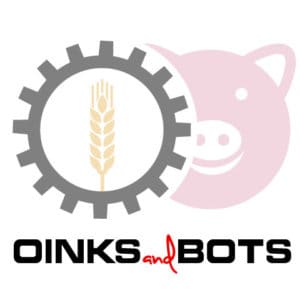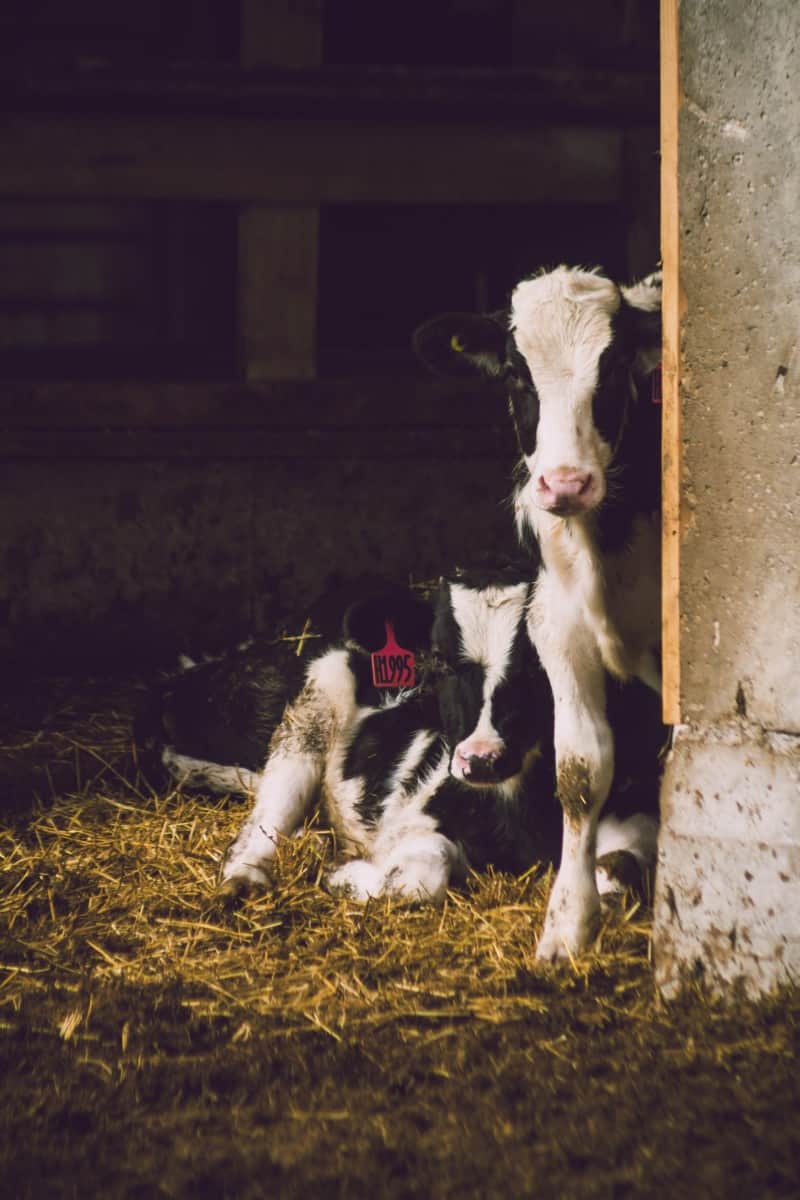Today we are going to look at how to breed cattle. As you may very well know cattle are split into two main groups, dairy and beef. We will be looking at the methods to breed both of these types and how to best implement them. It is important to realize that they have two different needs when it comes to calving and it is important to take this into consideration.
First of all, let’s look at why you would want to breed cattle.
- For dairy production
- For beef production
- For leather/hide production
Dairy Production
Cattle, like all mammals, have glands called mammary glands. These glands produce milk for their young that help them to grow strong. Due to this, milk is naturally nutritious. It will give you protein, calcium, iodide, phosphorous, potassium and some important B vitamins such as B2 and B12.
Humans have evolved to be able to take this nutritious liquid and consume it for our own use. However, the cow will only produce milk if it has calved and the calf is suckling.
When working with dairy cows, it is often necessary to produce several calves from each cow over their breeding life. It may also be worth noting which cows can produce calves more quickly to selectively breed for shorter gestation periods.
Beef Production
Beef is a major part of many people’s diet around the world. Being high in protein and other nutrients, it is a nutritious food source. However, as cattle age, they lose that tender feeling associated with beef.
In order to maintain a viable herd, careful management has to be done in order to make sure you have enough of a breeding stock while also making sure you don’t have too many old cows and bulls in your heard. Generally speaking, you don’t need to produce as many calves per cow as dairy cows.
Leather and Hide Production
Though not as prevalent today, there is still a market for high quality cow skin within the clothing and materials industry (think leather for construction or binding). Many farmers supplement their dairy and/or their beef production with leather and hide production. This can be a good strategy to maximise your profits.
Now that we have explored why you would breed your cattle, let’s now look at how to best implement this. We will look at the following;
- Timing
- Diet
- Ratio
- Artificial Insemination
Timing
As with breeding any livestock animals, timing is everything. Depending on what you are looking for in a breeding season (dairy vs beef) you will adapt accordingly. Cattle breeding is a little different from sheep breeding in that it’s not as seasonal.
There is a year-round demand for cattle products. People are constantly demanding milk and beef. This means there isn’t any one critical period that you must get right, an all or nothing sort of situation. But this does have disadvantages.
With cattle breeding, you will need to be adaptable. With the year-round demand for cattle products, you will need to know when best to breed for each season. The average gestation period for a cow is 283 days or close to 10 months. This means you need to know how to stagger out your breeding and to make sure you have breeding cows and beef ready for production in 10 month cycles.
However the best time of the year to start breeding your cattle is in April for temperate climates. This means that your cattle can be fed a nutrient rich diet during their pregnancy. And when your cow is calving your calves will be born in early spring, the best time to take advantage of the new shoots of grass.
Diet
This is important as you cannot have your beef herd on the same diet as your dairy herd. Due to the nature of producing more calves and therefore more milk, dairy cows need a more aggressive diet. They need fresh pastures as much as possible and often this needs to be supplemented with protein-rich alfalfa hay.
This hay is not made from grass (as standard hay is) but rather alfalfa. This is a protein rich plant that can be a huge source of protein for your dairy cattle. And this can produce healthy strong calves as well as an abundance of milk.
You will also need to make sure that your beef cattle are getting the right nutrients but in most cases, if you have good pastureland, you do not need to supplement. As long as your pastures can provide traces of iodine, copper, cobalt, zinc and selenium.
If you are unsure, having a mineral block hanging in your field can be a great idea. Just make sure it is out of the rain and protected form the elements as this can dilute and dissolve the block.
As well as supplying the trace elements, you will need to makes sure that your pasture is providing calcium, phosphorous, potassium and salt. Again if you are lacking in any one particular element, you can supplement them as needed. Though if it is severely lacking in your pasture, it may be time to look at getting a new pastureland while it recovers.
Ratios
Cattle are a hareem species and so a bull will mate with several females. However, in the wild this can lead to aggressive behavior between bulls and so care and consideration must be taken to keep them separate, especially younger and older bulls, as this can lead to fights for dominance that in severe cases cause death.
Similar to sheep, you can have 1 bull for every 20-30 cows. More inexperienced bulls would be on the lower end with first timers being at 20 and more experienced bulls will be more towards 30 with your most mature being at 30. When working with inexperienced heifers, keep in mind which bulls are being paired with them, some bulls can be too aggressive and can actually damage the heifer. Others are simply too large, and the calf produced can be too much for the heifer.
While using a yearling bull might seem like an obvious choice, many yearlings are too inexperienced and often spend too much time with the one cow/heifer. It would be worth keeping a smaller, more gentle bull for first time mothers.
Ideally you would have a controlled environment where you can monitor when a cow has been mounted. Once this has been observed, you can then mark that cow and remove her from the breeding pool. You can then rinse and repeat until you have all of the cows/heifers you want impregnated all mounted.
Artificial Insemination
In the US, over 60% of dairy cows are artificially inseminated (AI) but in large areas of milk production in Europe it is over 90%. This goes to show how popular and ultimately how successful this technique is. This concept has been around since the discovery of the microscope, back in the late 1700s, but this became commercialized in the late 1930s and has been common practice ever since.
Part of its popularity is due to its relative ease as you can do this by yourself. Unlike a lot of other AI, you don’t need to veterinary assistance.

